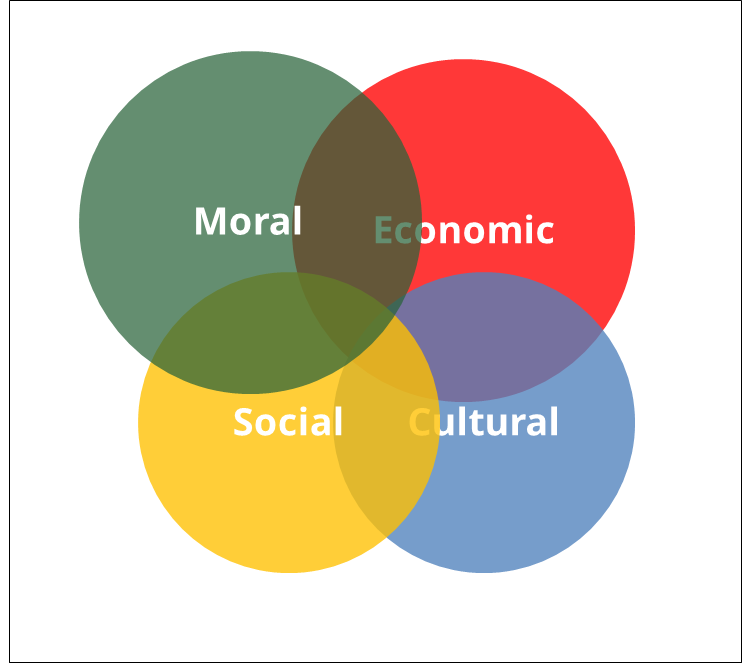CASE STUDY BRIEF: The novel science field of synthetic biology is a key part of the emerging bio-economy. By constructing new artificial biological elements and re-designing existing ones for improving useful features, it is considered to hold high potential as a solution for climate change, diseases and energy resources, for enhanced agricultural efficiency and new raw materials.






